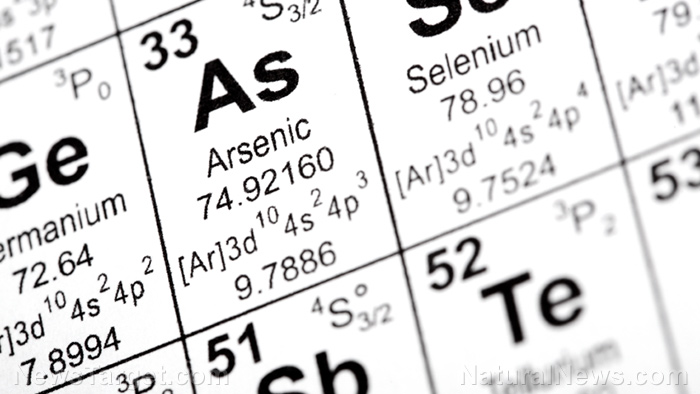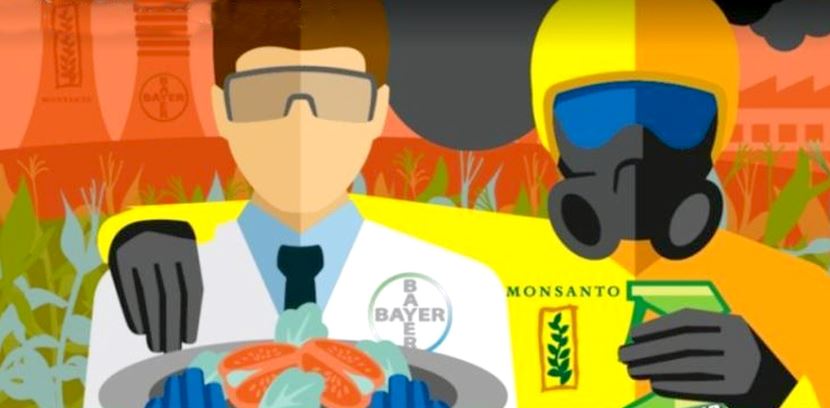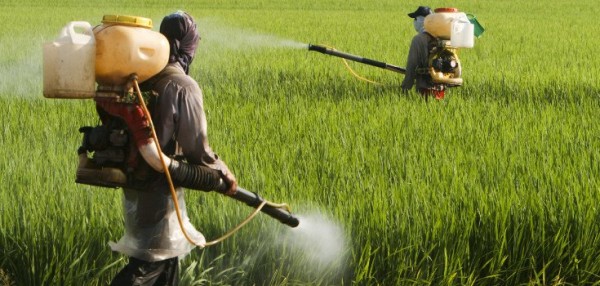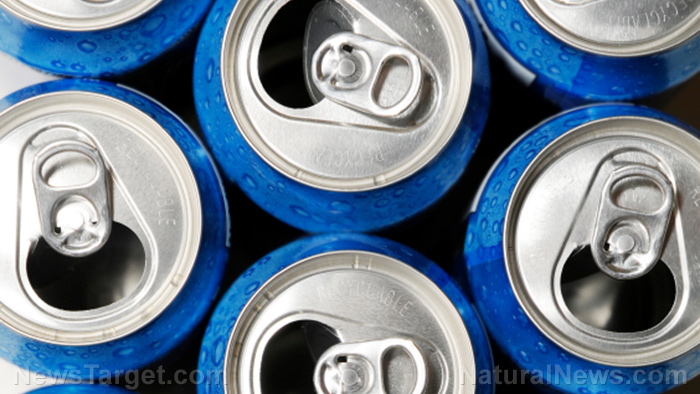Carbosulfan – toxicity, side effects, diseases and environmental impacts
12/07/2017 / By Michelle Simmons
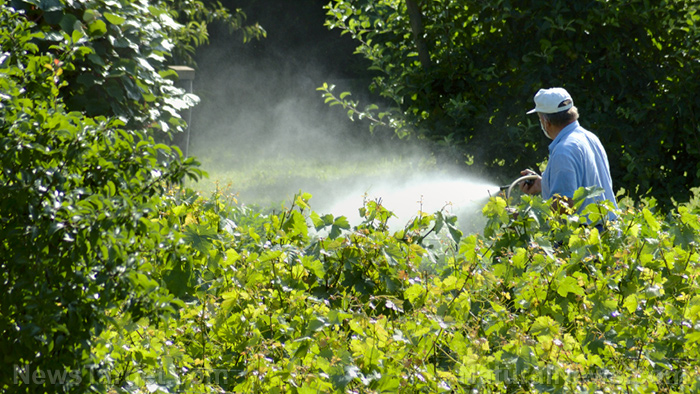
Carbosulfan is an insecticide that belongs to the group of carbamate chemical compounds. It is used to control soil dwelling and foliar pests, such as rice stem borer, millipedes, springtails, wireworms, caterpillars, flea beetles, Colorado beetles, codling moth, scale insects and free-living nematodes. It is usually applied on a wide variety of plants, such as cotton, sugarbeet, sugarcane, potatoes, maize, vegetables, coffee and rice. Carbosulfan works as an acetylcholine esterase inhibitor. The insecticide is typically supplied as dry granules and is applied directly to soil or seed bed. Carbosulfan has the molecular formula of C20H32N2O3S. Based on its chemical properties, it has a low water solubility, is not volatile, and it would not normally be expected to leach to groundwater.

List of known side effects
There are only a few known side effects that carbosulfan can cause. One of these is that it can be toxic if swallowed. In addition, it can be harmful if it comes in contact with skin. It can also be fatal if inhaled. Moreover, it can cause an allergic skin reaction, eye irritation and even serious eye damage. Furthermore, it can cause damage to certain organs if a person is exposed to the chemical repeatedly or for a long time. Carbosulfan exposure can be poisonous to humans. Similar to all other carbamate compounds, carbosulfan poisoning can cause malaise, muscle weakness, dizziness, sweating, headache, salivation, nausea, vomiting, abdominal pain and diarrhea. In addition, it can cause central nervous system depression and pulmonary edema.
For its known environmental side effects, carbosulfan can be highly toxic to the aquatic environment and moderately toxic to mammals.
Body systems affected by carbosulfan
The body systems that carbosulfan can adversely affect are the integumentary, ocular, respiratory, digestive, muscular and nervous systems.
Items that can contain carbosulfan
The items that can contain carbosulfan are those carbamate insecticide products that are used against soil dwelling and foliar pests on various crops. Some of the trade names of the insecticide products that use carbosulfan as an active ingredient are Posse 10G, Marshal 10G and Advantage.
How to avoid carbosulfan
Exposure to carbosulfan may cause negative effects in the body. Exposure to the chemical can be through inhalation, ingestion and skin contact. Carbosulfan exposure can be prevented in several ways. One of the ways to avoid being exposed to this substance is to use protective clothing, particularly when working or handling the chemical. Wear positive pressure self-contained breathing apparatus to avoid inhaling the chemical. Moreover, wear a chemical protective clothing that is specifically recommended by the manufacturer to avoid skin contact. This protective clothing may give little to no thermal protection.
Where to learn more
Summary
Carbosulfan is a carbamate insecticide that is used to prevent soil dwelling and foliar pests, such as rice stem borer, millipedes, springtails, wireworms, caterpillars, flea beetles, Colorado beetles, codling moth, scale insects and free-living nematodes on different crops, including cotton, sugarbeet, sugarcane, potatoes, maize, vegetables, coffee and rice.
Carbosulfan can cause poisoning with symptoms of malaise, muscle weakness, dizziness, sweating, headache, salivation, nausea, vomiting, abdominal pain, diarrhea, central nervous system depression, and pulmonary edema.
Carbosulfan can be toxic if swallowed, inhaled, or comes in contact with the skin.
Carbosulfan can cause allergic skin reaction, severe eye damage, and eye irritation.
Carbosulfan can damage body organs through prolonged or repeated exposure.
Carbosulfan can be extremely toxic to the aquatic environment and moderately toxic to mammals.
Carbosulfan can adversely affect the integumentary, ocular, respiratory, digestive, muscular and nervous systems.
Sources include:
Tagged Under: Carbosulfan








